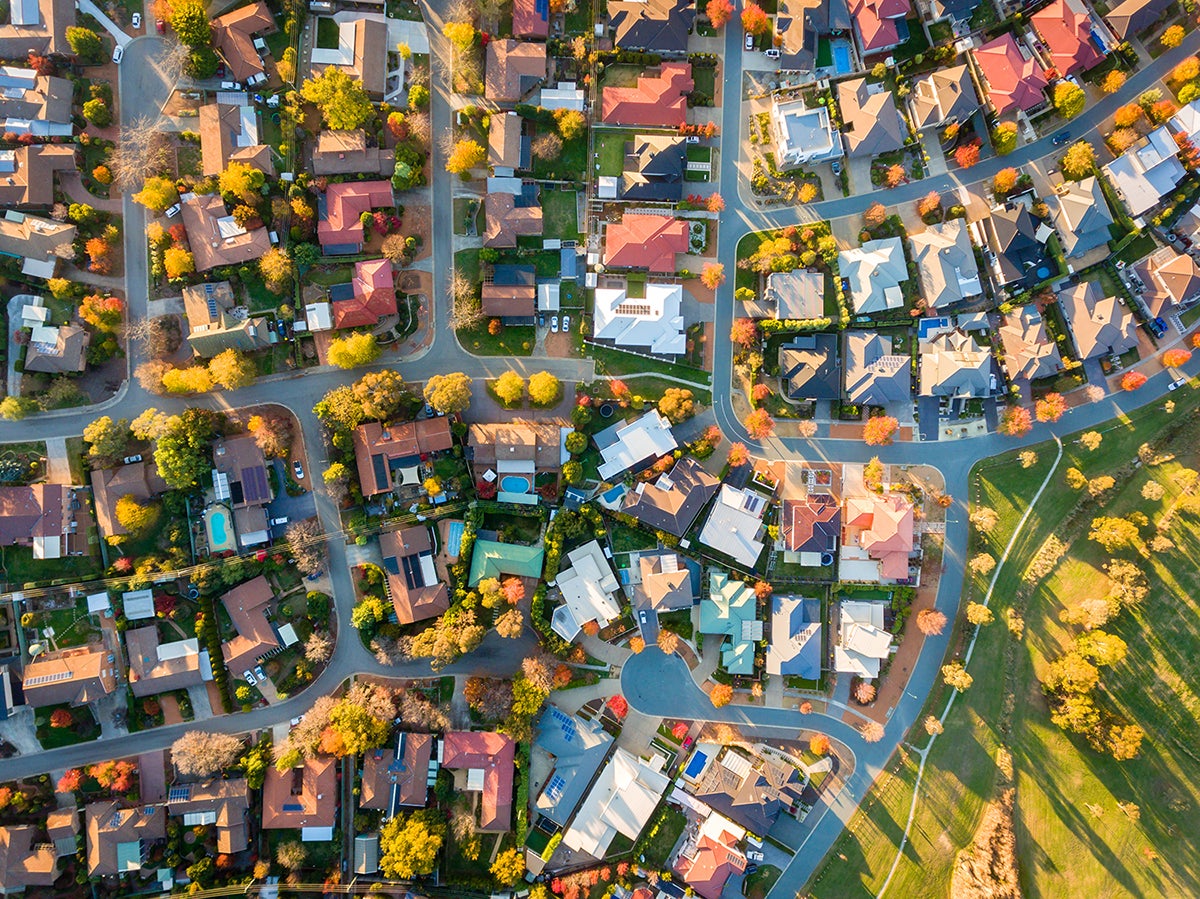It’s a great time to sell a house right now. If you’re looking to buy, come with sharp elbows and a checkbook.
According to a slew of studies released over the past month, residential real estate is headed into uncharted waters, as the demand for new homes continues to heat up while the supply remains historically low. However, far from being deterred by a limited stock, buyers are snapping up new homes as soon as they hit the market. The result? Sky-high prices and plenty of churn in the market.
“It’s looking like 2021 will see a housing market frenzy that will rival what we experienced in 2020,” said Daryl Fairweather, chief economist of the tech-powered brokerage Redfin, in a statement. In a recent study, his company found that 40 percent of homes under contract had been sold within two weeks of hitting the market—well above the 30 percent rate last year.
There are a few factors contributing to an energized real estate market. The first is a ravenous appetite for new homes that continues to be driven by what real estate analysts are calling the “great reshuffling” of the COVID-19 era. In a nutshell, Americans, increasingly free to work from home indefinitely, are rethinking where they’d like to live. (Last summer, Zillow CEO Rich Barton summed it up efficiently on an earnings call with investors: “New habits and norms are forming rapidly right now. In many cases, as with working from home, we have found better, more efficient, and more healthy ways to live and work. We’re not going to just go back to the way things were.”)
The surge in demand has encountered two big roadblocks. One is that the housing stock was already low pre-pandemic. The other is that, for a variety of reasons, homeowners are staying put. Some are balking at the complicated logistics of showing a home in the era of masks and social distancing. Others are facing the weird paradox of a red-hot seller’s market: While you may get a great price for your home, it’s increasingly difficult to use that cash to level up on a new one. Whatever the reasons, Redfin found listings were down 10 percent compared to last year.
Under normal circumstances, booming demand and dwindling supply would lead to a spike in prices only temporarily, as buyers would quickly realize the market was overheated and sit on their cash. That isn’t happening, at least not yet. According to Redfin, home sale prices are up 15 percent from 2020, which were already quite high.
Partially, that’s because the demand is driven by external factors—people have been moving because they feel they have to, high prices or no. The other driver is financial. To stave off the economic effects of the coronavirus pandemic, the Federal Reserve has cut interest rates down to the bone, which keeps mortgage rates low. In short, while buyers may be well aware that they’re paying dearly for their homes, there’s never been a better time to take out a mortgage. And so the frenzy continues.
Whether all of this energy in the market is good for the design industry is complicated. Last year’s pandemic-inspired surge in renovation projects meant that many designers found themselves overwhelmed with work in 2020. That phenomenon is likely to continue into 2021, even as more and more of the public is vaccinated and the virus (hopefully) recedes. The great reshuffling is already underway, and it’s not going to stop on a dime. In general, a buzzy real estate market is good for designers.
However, when buyers are paying steep prices for new homes, they often move into a new house without much of a budget for decoration. In 2021, designers may face the weird prospect of a historic flood of potential clients, all looking to scrimp and save on furniture.
Of course, real estate is a local phenomenon, and every market is different (for example, New York continues to lag in its recovery, while Austin, according to Redfin, is experiencing a historic boom in demand). Likewise, different segments of the market have been affected differently. A surging stock market means that the most affluent clients have probably never felt more flush, high home prices or no.
But whatever their region and target demographic, designers would do well to keep in mind that, at the moment, sellers are in the driver’s seat.
Homepage image: © Jandrie Lombard | Adobe Stock




























